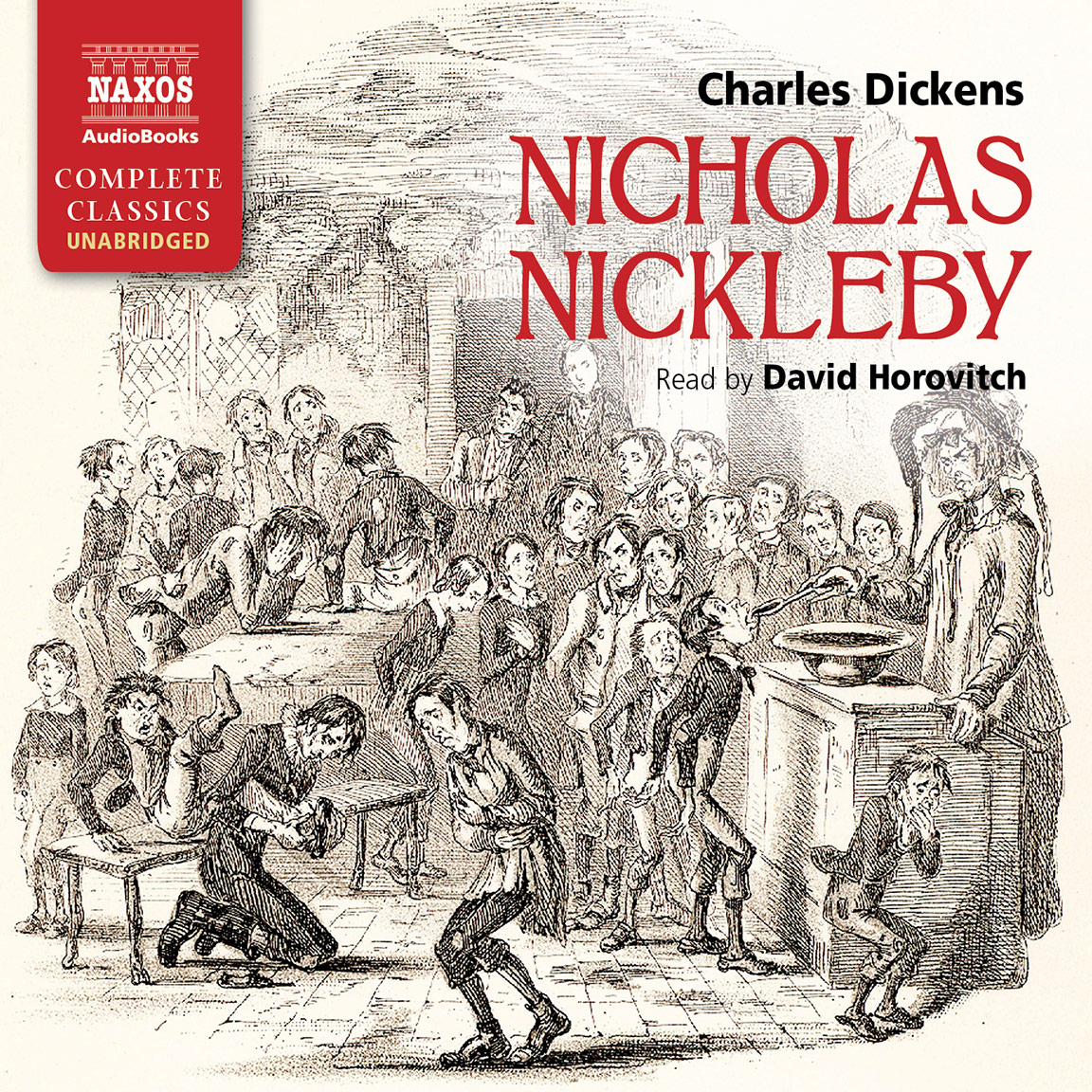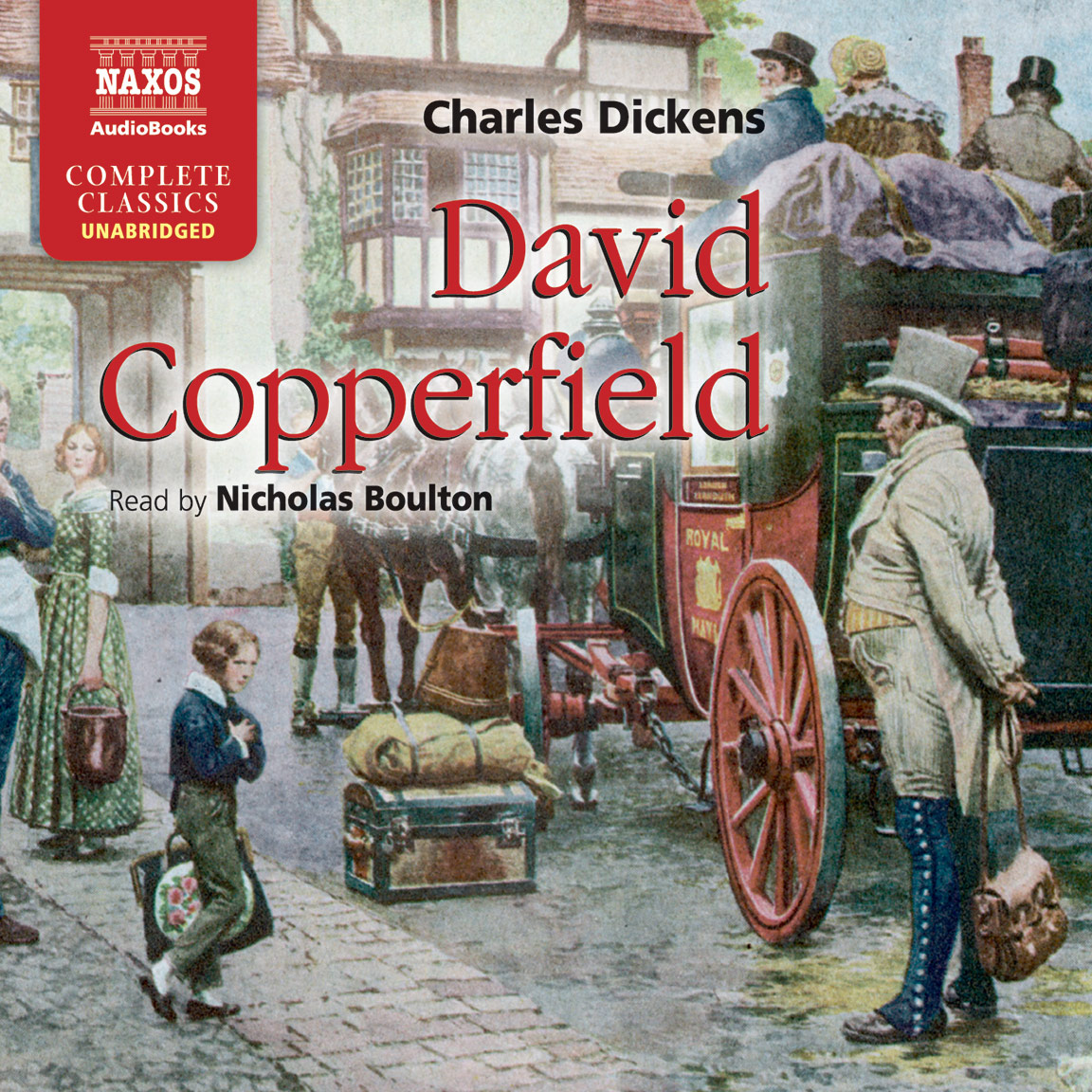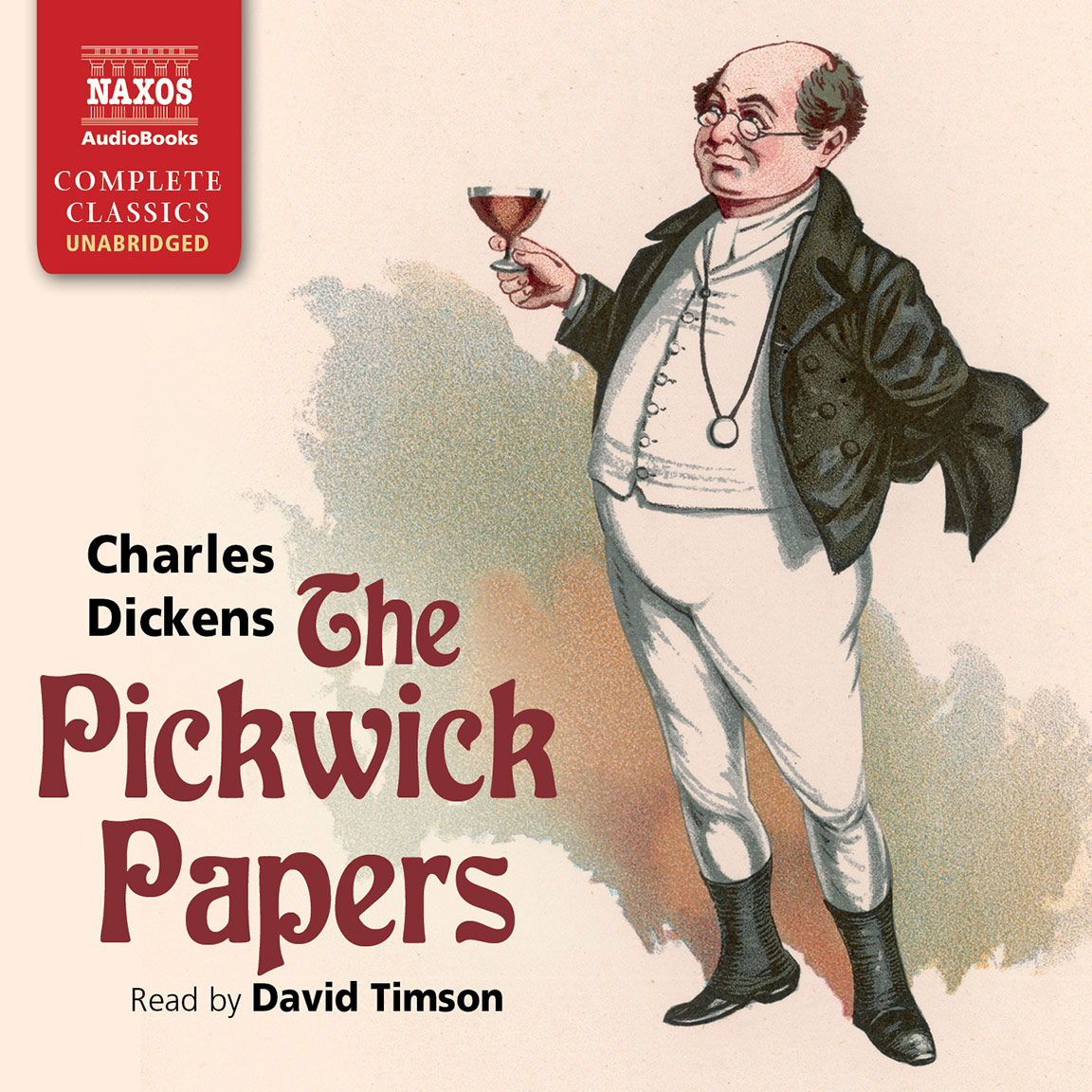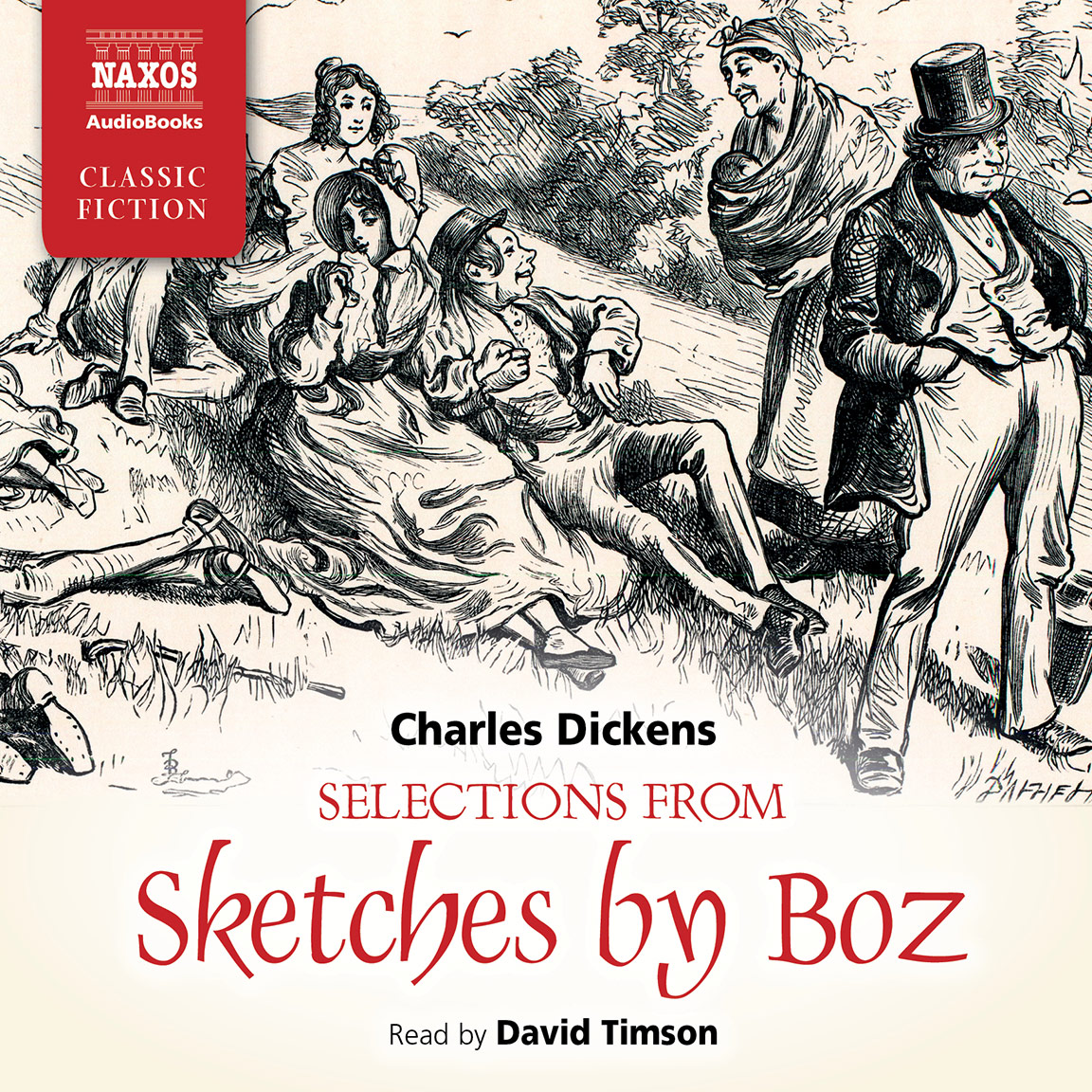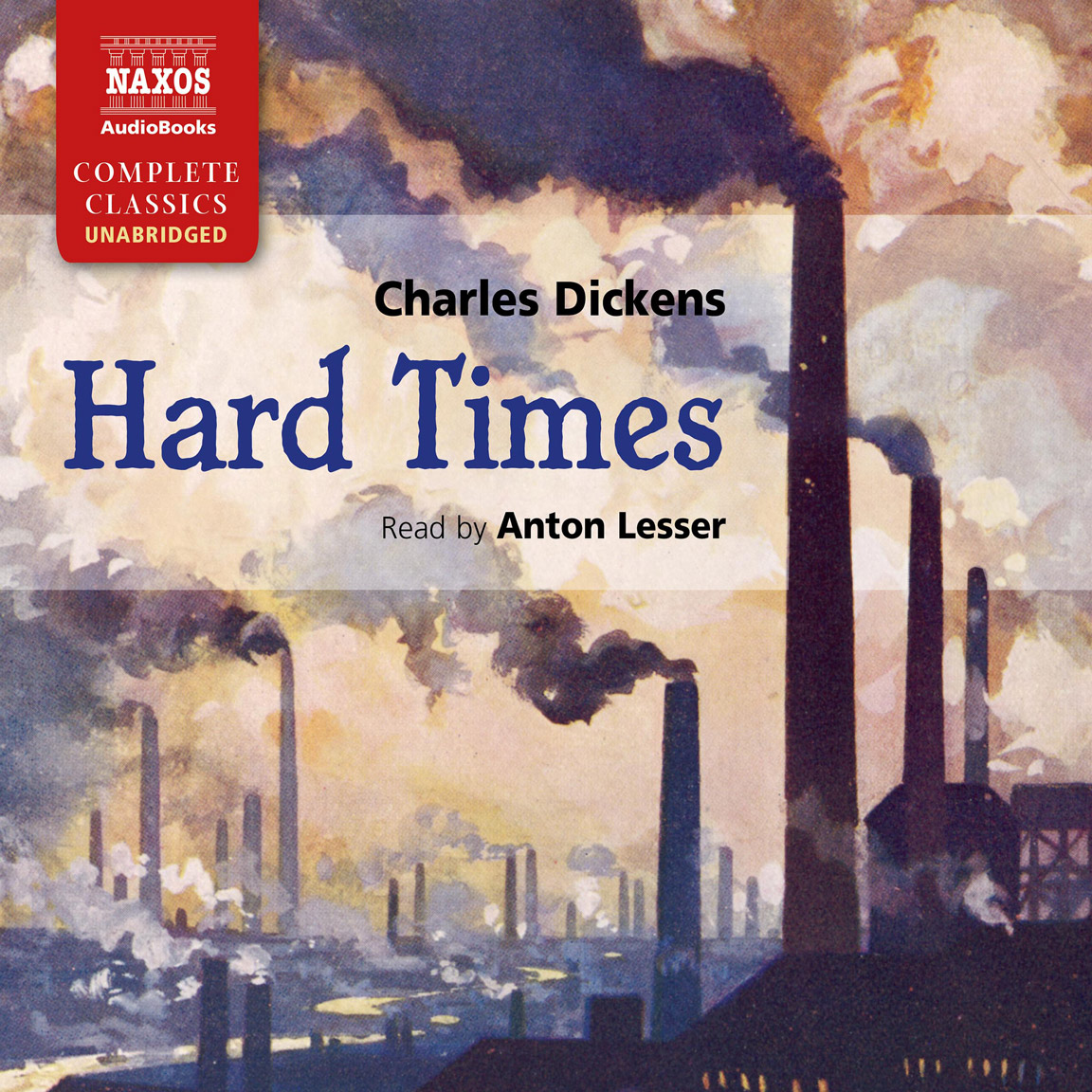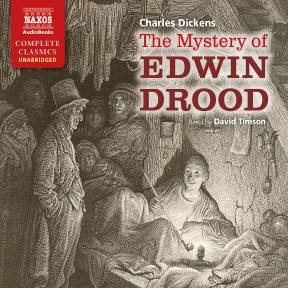
Audio Sample
Charles Dickens
The Mystery of Edwin Drood
Read by David Timson
unabridged
Through a mist of decay and opium, Dickens weaves a tale of murder and mystery in this, his last novel. Set in the fictional cathedral town of Cloisterham, John Jasper, the choir-master, takes an obsessive interest in his nephew Edwin Drood and his fiancée Rosa Bud. But when young Edwin disappears on Christmas Eve, has Jasper killed him? Alas, we’ll never know as Dickens died before completing the novel. It is an intriguing, enigmatic and also richly comic story, showing that Dickens was at the peak of his powers to the very end.
-
Running Time: 10 h 32 m
More product details
Digital ISBN: 978-1-84379-599-5 Cat. no.: NA0092 Download size: 154 MB BISAC: FIC004000 Released: May 2012 -
Listen to this title at Audible.com↗Buy on CD at Downpour.com↗Listen to this title at the Naxos Spoken Word Library↗
Due to copyright, this title is not currently available in your region.
You May Also Enjoy
Reviews
The Mystery of Edwin Drood is the unabridged audiobook adaptation of Charles Dickens’ final novel, read by veteran BBC Radio Drama performer and theater director David Timson. In the fictional cathedral town of Cloisterham, John Jasper becomes unhealthily obsessed with his nephew Edwin Drood and Drood’s fiancee Rosa Bud. Then Edwin disappears on Christmas Eve – did Jasper murder him? Or someone else? Or is he truly dead? The listener is left to speculate upon the answers, since Dickens unfortunately passed away before completing his epic mystery. Yet the characters, setting, and portrait of the light and dark sides of the human condition are resoundingly clear in this classic work, evidence that Dickens was a true literary master right to the end of his life. Highly recommended, especially for public library audiobook collections.
Library Bookwatch, Midwest Book Review
Booklet Notes
The Mystery of Edwin Drood is without doubt Dickens’s darkest and most enigmatic novel. Inevitably enigmatic because he never completed it: it is half-finished, less than 92,000 words, and we have no idea how Dickens intended his story to develop. The dark tone is struck as soon as the novel commences with an unnamed man in the grip of an opium dream, and the setting of the novel builds on that sense of darkness and foreboding. The action takes place for the most part in the fictional cathedral town of Cloisterham. Ignored by the developing railway, Cloisterham is a backwater dwindling into obscurity and neglect, symbolic of the decay and destruction which is a main theme of the book, whether self-inflicted or as the result of passing time. Many of the characters are either touched by the decay or enmeshed within it, like John Jasper, slowly killing himself with opium, or Durdles the stonemason, who works amongst the broken fragments of old tombs, debris and
stone-dust.
The cathedral represents the dead centre of Cloisterham; atrophied and irrelevant. Cloisterham is based on Rochester, in Kent, where Dickens had lived as a boy, and in this novel he seems to be re-examining the idyllic scenes of his childhood in the light of experience. The Rochester of The Pickwick Papers, bustling and full of life, has, for Dickens, decayed into a town of hidden secrets. Christmas time too is no longer the time for scenes of reconciliation and family cheer for which Dickens was renowned in his writing, but the time he chooses for Edwin Drood to disappear. Dickens’s changing viewpoint perhaps reflected the changes in his own life.
It was his
custom to plan
out a novel
almost in its
entirety before
he began to
write it
Dickens began The Mystery of Edwin Drood in 1869, whilst in a state of complete exhaustion after a gruelling tour of public readings that had seriously undermined his constitution. Maybe the collapsed state of his nerves accounts for the dark mood of this book, which explores, as his daughter Kate wrote: ‘the tragic secrets of the human heart.’ The necessary duality demanded when living a secret life (Dickens had been with Ellen Ternan now for some years), may well have taken its toll. This novel contains scenes of sexual aggression and frustration, which possibly reflect his own private experiences; rejection, coldness and indifference had been characteristics of Dickens’s novels since his affair with the young actress had begun in 1858. The character of Estella in Great Expectations, for instance, may be based partly on Ellen.
Dickens’s poor health was a constant concern during the writing of Edwin Drood. His friend Forster noted that when Dickens read the first instalment to his friends, he was suffering acute pain in his left arm and foot. A further series of public readings early in 1870 added to the stress of writing the novel. His friends noticed he became progressively greyer and thinner, with a haunted look in his eyes. He was, as he had always been, a driven man. However, as his daughter Kate said: ‘Any attempt to stay him… was as idle as stretching one’s hands to a river and bidding it cease to flow.’ His work was, and always had been, his life.
The first instalments of The Mystery of Edwin Drood showed he had lost none of his popular appeal. Around 50,000 copies were sold, pointing to a big success on completion. He had recaptured his old form, with the creation of comic characters like Durdles and Mrs Billikin promising a richness of comic invention to come. But that was not to be. On 8 June 1870, he worked a full day in the Swiss chalet in the garden of Gadshill, where he wrote all his later novels. Around six in the evening, with a final flourish on the manuscript denoting the end of a chapter, Dickens went back to the house for dinner. During the meal he was taken ill, collapsed, and went into a coma. 24 hours later, on 9 June, he died. A solitary tear rolled down his cheek moments before he expired.
The air of mystery surrounding The Mystery of Edwin Drood is compounded by the greater mystery of how Dickens would have developed and ended it. He was aiming to write a detective story, a murder-mystery, a ‘sensation’ novel in the style of his great friend Wilkie Collins, who had already influenced Dickens’s Bleak House and Our Mutual Friend. He imitated his friend’s bold style: for instance, the use of opium, so much a feature of The Mystery of Edwin Drood, also pervades Collins’s The Moonstone, written in 1868. Like Collins too, Dickens filled his plot with red herrings and wrong turnings. With the novel uncompleted it is impossible to decipher which clues, if any, are genuine.
Edwin Drood is supposedly murdered in Chapter 14, and almost any one of the characters could be the murderer. Are we to suspect Jasper, who takes an unhealthy interest in his nephew’s activities, spies on him, and could have killed him whilst under the influence of opium, perhaps? Or the troubled Neville Landless, who takes an instant dislike to Edwin and has difficulty controlling an ungovernable temper? Or are these too obvious as suspects? Would Dickens have revealed a darker side to Mr Crisparkle, a shining example of muscular Christianity who equates bodily fitness with spiritual fitness? Theories abound, and have done so ever since the novel was published in its unfinished form in 1870. Up to the present time, scholars and writers have created more than a hundred different endings to the book.
Looking for clues to Dickens’s intentions, it seems there are two main mysteries which have fascinated these literary detectives.
The first is the fate of Edwin Drood. Was he actually murdered? If so, how, by whom, and where was his body hidden? If not, how did he escape, what became of him, and does he reappear later in the novel, to observe his would-be killer and bring about his conviction? Dickens had explored a similar idea in his previous novel Our Mutual Friend, in which John Rokesmith, who is supposed drowned, adopts another identity to observe the effects his death has on those around him. Is it likely Dickens would repeat this idea in the very next novel he wrote?
The second mystery is the identity of Datchery, the ‘stranger who appeared in Cloisterham’ after Drood’s disappearance? It seems probable that Datchery was another character in disguise: the frequent references to his flowing white hair, obviously a wig, and the incongruity of his black eyebrows enforces this theory. If Datchery is Drood escaped from the dead and returned to convict his ‘murderer’, why is the disguise necessary? He knows his assailant, so why not openly accuse him? Several other characters could perhaps be Datchery, and nearly all have been put forward by various theorists since 1870. The most daring, though not entirely incredible, was opined in 1905 by J. Cuming Walters. He proposes that Helena Landless is Dick Datchery, and backs up his claim with Dickens’s reference to her childhood escapades with her brother: ‘Each time she dressed as a boy and showed the daring of a man.’ Certainly at her first encounter with Jasper she sees his true nature, and Dickens, possibly signalling the importance of this perception to the later development of the book, makes sure his readers have not missed the significance: ‘Let whomsoever it most concerned look well to it.’ Furthermore, Helena would need to hide her feminine handwriting, which explains Datchery’s use of chalk symbols as a means of notation, rather than words.
And so the theories continue. Only Dickens knew the answer. It was his custom to plan out a novel almost in its entirety before he began to write it, but in this case no notes exist beyond the first few chapters, and only enigmatic references made by Dickens in letters to his friend and mentor Forster give us any indication of his plans. In his biography of Dickens, Forster wrote:
The story… was to be that of the murder of a nephew by his uncle; the originality of which was to consist in the review of the murderer’s career by himself at the close, when its temptations were to be dwelt upon as if, not he the culprit, but some other man, were the tempted. The last chapters were to be written in the condemned cell, to which his wickedness, all elaborately elicited from him as if told of another, had brought him.
If Drood was murdered then there can be no doubt from his letter to Forster that Dickens intended the murderer to be Jasper, and the book as we have it seems to be a study of a murderer’s mind and the effects that opium had on it. Dickens was fascinated by the criminal mind as he had shown in his treatment of Jonas Chuzzlewit and Bradley Headstone, but here there was to be the addition of a confession in the condemned cell. Furthermore, Dickens’s illustrator, Luke Fildes, claimed that the introduction by Dickens of a ‘large black scarf of strong close-woven silk’, worn by Jasper for the first time in Chapter 14, was to be the means of Drood’s death, by strangulation.
So Jasper murdered Edwin Drood. Or would Dickens have changed his mind as he so often did when developing his novels? Alas, we’ll never know.
Notes by David Timson
